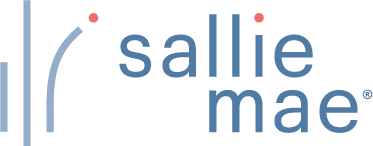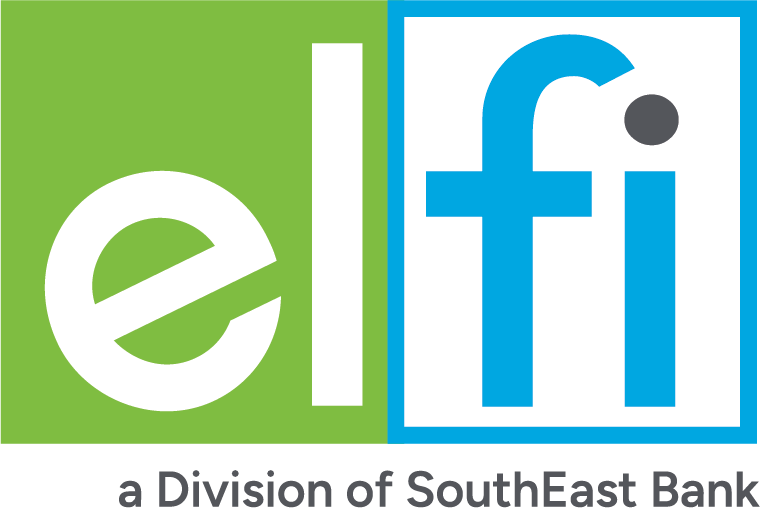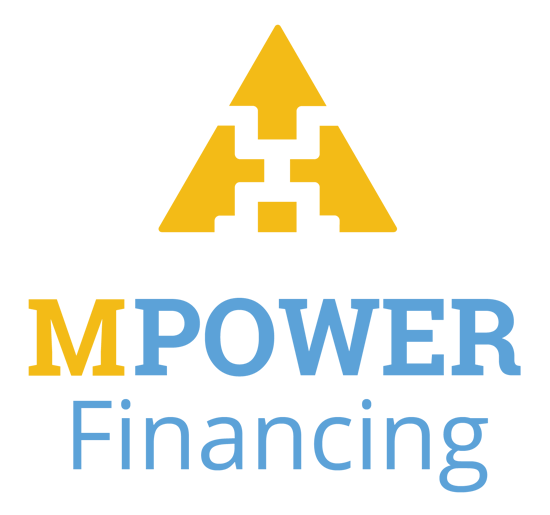What Is Financial Aid for College?
Financial aid includes all funding to help you pay for college, such as scholarships, grants, loans and work-study.

Many, or all, of the products featured on this page are from our advertising partners who compensate us when you take certain actions on our website or click to take an action on their website. However, this does not influence our evaluations. Our opinions are our own. Here is a list of our partners and here's how we make money.
More on navigating student aid:
Find a loan: Apply for student loans
Select a loan: Pick the right student loan
Not enough aid: Get more financial aid
Free money: Find college grants and scholarships
Today’s skyrocketing college tuition prices mean most families can’t afford the whole bill on their own. Financial aid can help fill in the gaps. Here's what you need to know:
What is financial aid?
Financial aid is any form of funding that helps you pay for college, including scholarships, grants, loans and work-study programs.
You have to complete the Free Application for Federal Student Aid, known as the FAFSA, to be eligible for most forms of financial aid. We go into detail about the different types of aid below.
» MORE: Your guide to financial aid
How to qualify for financial aid
There are generally two ways to qualify for aid: through financial need and through merit.
Need-based aid: The federal government calculates your financial need based on the information you provide on the FAFSA. Work-study dollars and most grants are need-based.
Merit-based aid: Colleges and private organizations award scholarships to students with academic, athletic or artistic talent.
Student loans don’t fit squarely into either category. Some, including federal direct subsidized loans, are need-based. Others, including private student loans, depend on your credit score. And any student attending an accredited school can qualify for federal direct unsubsidized loans, regardless of his or her financial need or merit.
Need-based aid | Merit-based aid | |
|---|---|---|
Qualifications needed | Financial need | Academic, athletic or artistic talent |
Examples | Grants, federal work-study, federal direct subsidized loans, federal Perkins loans | Most scholarships |
Source | Federal and state governments, some colleges, some private organizations | Colleges and universities, private organizations |
Application | FAFSA and sometimes another application | Typically the FAFSA and another application |
Where to get financial aid
You can get financial aid from a variety of sources including the federal government, your state, your college and private organizations like your local Rotary club.
Filling out the FAFSA will put you in the running for all federal aid and potentially some state and institutional aid. After that, check with your state’s higher education agency and the financial aid offices at the schools where you’re applying to see if you're eligible for other state and institutional grants and scholarships. Then use a scholarship search tool, like the U.S. Department of Labor’s Scholarships Search Tool, to identify outside awards you may qualify for.
Types of financial aid
Grants are financial aid dollars you don’t have to pay back. You can get them from the federal government or your state government, and you typically have to have a financial need to qualify.
Scholarships also are financial aid dollars you don’t have to pay back, but they’re typically based on your merit rather than your financial need. You can get scholarships from your college or university or private organizations, such as the local Elks Lodge.
Work-study is a federal program that funds part-time jobs for undergraduate and graduate students with a financial need. If you qualify for work-study, you’ll need to find an eligible work-study job on or near your campus and work to earn those dollars.
Federal student loans are fixed-interest-rate loans from the government. The direct loan program is the main federal loan program. Undergraduate students can borrow direct subsidized or unsubsidized loans. Graduate students can borrow direct unsubsidized or direct PLUS loans, and parents can borrow direct PLUS loans.
Private student loans are fixed- or variable-rate loans from a bank or credit union. To qualify, you typically need a good credit score or a co-signer who has good credit. Your rate will vary depending on your or your co-signer’s credit.
» MORE: How to get a student loan
Student loans from our partners

on College Ave
College Ave
5.0
NerdWallet rating
5.0
NerdWallet rating3.47% - 17.99%
Mid-600s
on College Ave

on Sallie Mae
Sallie Mae
4.5
NerdWallet rating
4.5
NerdWallet rating3.49% - 15.49%
Mid-600's
on Sallie Mae

on ELFI
ELFI
4.0
NerdWallet rating
4.0
NerdWallet rating3.69% - 14.22%
680
on ELFI
How to find out what financial aid you’re awarded
Sometime after you fill out the FAFSA, you’ll receive a financial aid award letter from each school that has accepted you. The award packages will vary but likely will include a mix of federal, state and institutional aid. If you’re applying for aid for 2023-24, you’ll likely receive your financial aid award letter in winter 2022 or spring 2023, depending on the school and when you submitted your FAFSA. You don’t have to accept all the aid you’re offered in your award package.
» MORE: How to get more financial aid
Which form of financial aid is best?
Not all financial aid is created equal, so be judicious about the type of aid you accept. Max out aid in the following order before taking on the next type:
Gift aid is money you don’t have to pay back, including grants and scholarships.
Earned aid is money you earn by working at a work-study job.
Borrowed federal aid is money you borrow from the Department of Education that you pay back with interest. Federal student loan borrowers have access to income-driven repayment plans, which can lower your monthly payment, and forgiveness programs, which can offer loan relief after you make qualifying payments for a certain amount of time.
Borrowed private aid is money you borrow from a bank that you pay back with interest. Your interest rate typically depends on your credit score and other details about your finances. Private loans don’t offer as many flexible repayment options as federal loans, and private lenders don’t have forgiveness programs.
Next steps: Complete the FAFSA
If you haven’t already done so, fill out the FAFSA. Then, check your FAFSA status to make sure the Department of Education processed it correctly, review your FAFSA Submission Summary and correct any mistakes you made on your application. Before you know it, your award letters will arrive and you can choose a college that fits you and your budget.




